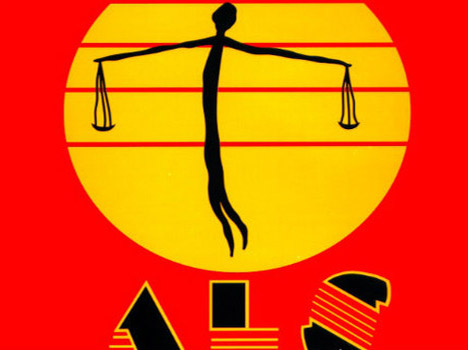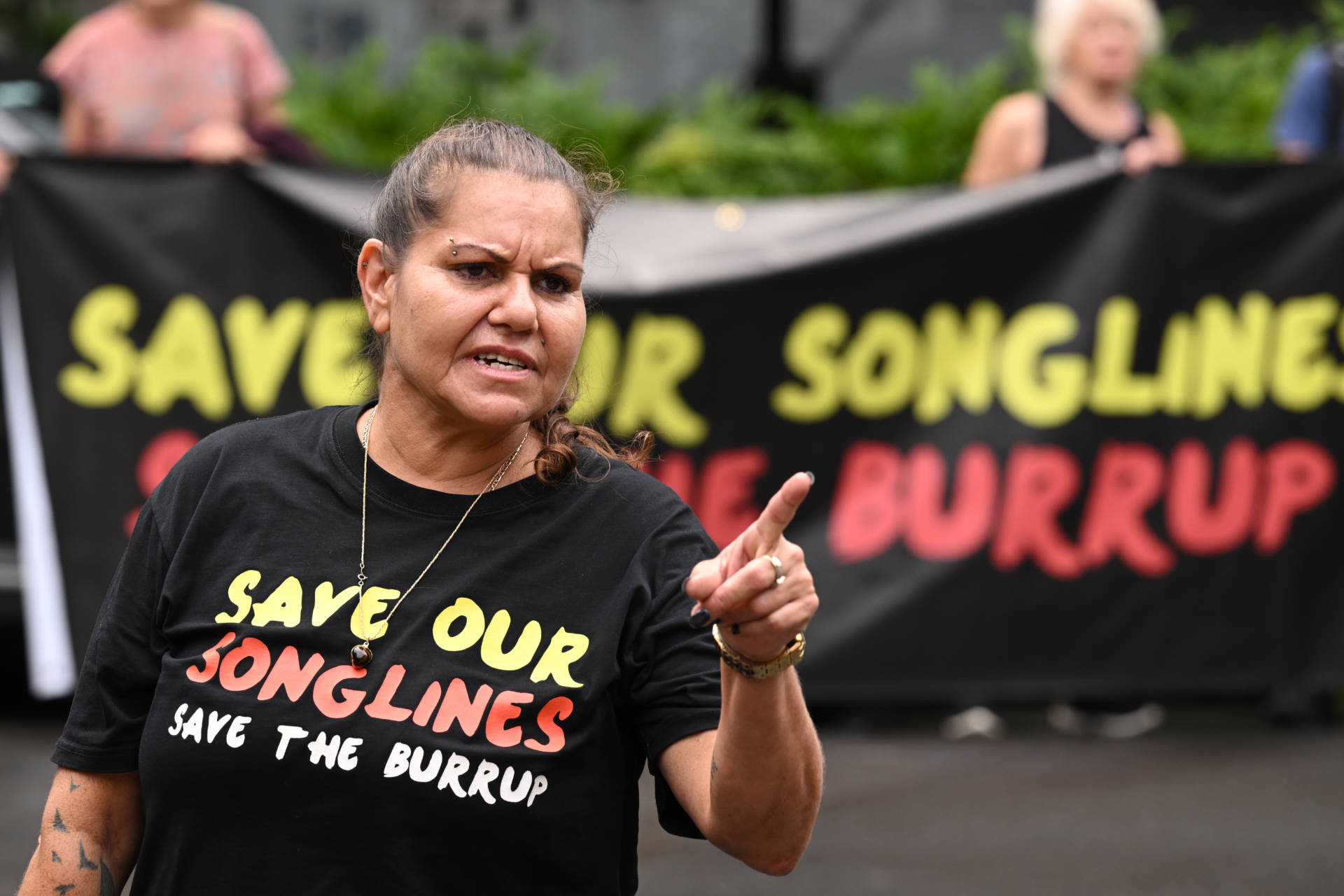Remote voting for an Indigenous Voice to Parliament has started but telecommunication outages, a lack of clear polling information, and sorry business is already causing challenges.
Talei Elu is a fierce advocate for her hometown of Seisia – located at the very tip of Cape York.
The small Torres Strait Islander community recently secured a $1.09 million Telstra tower to improve connectivity for Seisia and the surrounding communities which is due to be completed next year.
The Saibai Koedal woman is a member of the federal government’s First Nations Digital Inclusion Advisory Group and used her Solomon Lecture address on Tuesday to outline some of the issues stopping remote Indigenous communities from having their say.
“Seisia and other communities in our region across Cape York and Torres Strait are at the mercy of poor essential infrastructure and recurring outages, across energy, water, and telecommunications.
“In the terms of energy, for the last couple of months, Seisia and other communities have had to put up with rolling weekly planned power outages.
“In Seisia this occurs every Wednesday for five hours of the workday. There’ll often be many unplanned outrages throughout the year too. One occurring on Monday for four hours, we also expect more in wet season.
“To give you context of how difficult it can be there is remote polling going on at Injinoo today and there’s a power outage so it’s effecting our ability to vote on the Indigenous Voice referendum.”
The Solomon Lecture in Queensland is held annually as part of celebrations marking International Access to Information Day on September 28.
This year’s theme ‘Digital inclusion: connecting people to information’ serves as a reminder of how digital inclusion can impact an individual’s right to access information, including government-held information.
In her keynote titled,‘The story of Seisia – How access to information in remote Indigenous communities can help to solve complex problems’, Talei used the example of her community lobbying for a tower to show how community-led solutions can make meaningful impacts.
“We’ve started something in Seisia. We’re solving issues in our way, and it is working,” she said.
“These last few years of moving out of government and back to community has taught me that the greatest change on issues will not be made by those who fly-in and fly-out, certainly not by those in Brisbane and Canberra, it’ll be made by those who live the issues, experience it day in and day out.
“Being well informed on not just the issue, but of the bureaucratic systems and structures who are responsible for the issue, that is the hard part.
“We look forward to finding ways to engage with various departments as our community seeks to problem solve our issues in relation to housing, energy, online safety, and health.”





